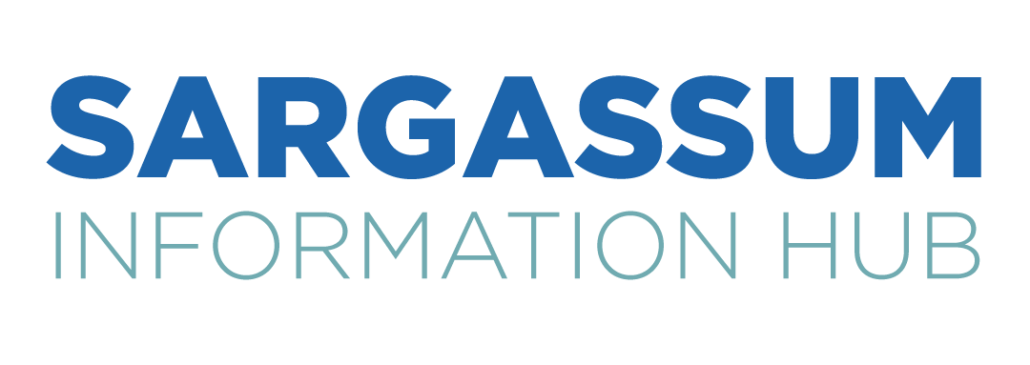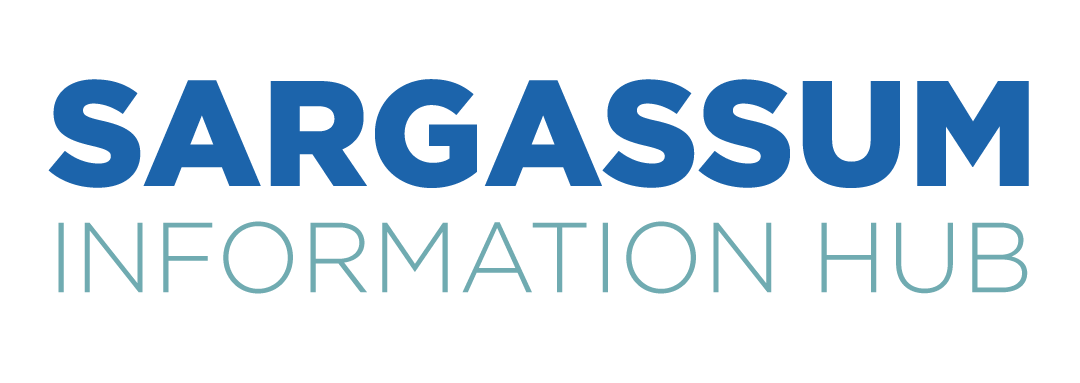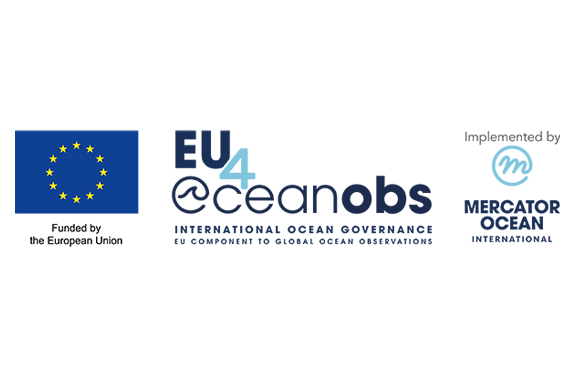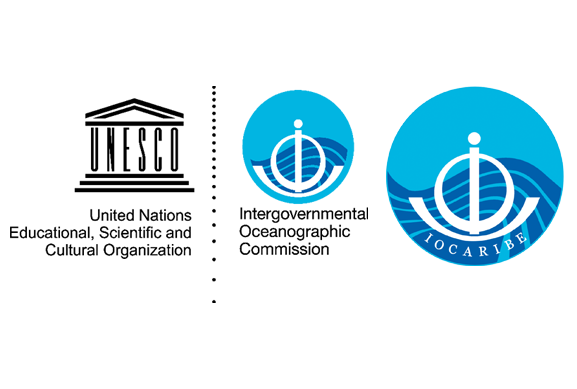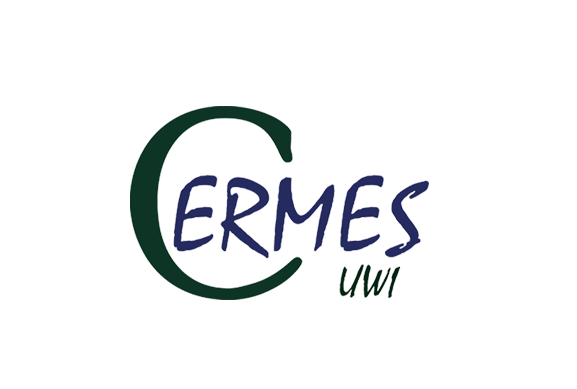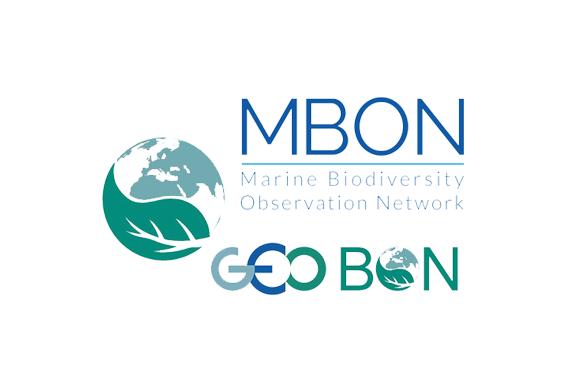More than a decade after the first inundation event, sargassum is still widely viewed as an environmental nuisance. The Government of Barbados and various stakeholders are keen to unearth opportunities to translate this raw material into profit. Some local entrepreneurs have developed products for agriculture (Red Diamond Compost), and beauty and personal care (OASIS Laboratory). Scientists at the University of the West Indies (UWI), Cave Hill Campus are actively conducting biochemical research on the potential applications of sargassum in several sectors such as agriculture, pharmaceuticals, and bioenergy.
The Centre for Resource Management and Environmental Studies (CERMES), at UWI, Cave Hill Campus, continue to spearhead sargassum research in Barbados. The central aim of CERMES’ ongoing ‘SargAdapt Project’ (full title: Adapting to a new reality: Managing responses to influxes of sargassum seaweed in the Eastern Caribbean as ecosystem hazards and opportunities) funded by the Caribbean Biodiversity Fund through their EbA Facility, is to reduce the impacts of and improve adaptation to sargassum influxes in Barbados and Eastern Caribbean. Ultimately, it is to see sargassum influxes beyond the perception of only a climate-linked hazard, and as an opportunity for socio-economic development.
Barbados deploys both a centralised national response to sargassum events, as well as local community responses. At the national level, the Office of the Prime Minister formed a Blue Economy team to manage the effects of sargassum influxes – comprises the Coastal Zone Management Unit, the Barbados Defence Force, Ministry of Agriculture and the Fisheries Division. The National Conservation Commission (NCC) is the primary government agency involved in coordinating sargassum clean-up exercises, and conduct them daily along the south and east coasts – the island’s windward coastlines that receive the greatest sargassum exposure. A Draft Sargassum Adaptive Management Strategy (SAMS) for Barbados (2021) was developed under a planning grant partnership between the then Ministry of Maritime Affairs and the Blue Economy (MMABE), UWI-CERMES and GEF Small Grants Programme UNDP.
In February 2022, Barbados became one of five beneficiaries of sargassum removal equipment valued at US$2 million, from the Government of Japan by way of the United Nations Development Programme (UNDP) – under “The Project for Improving National Sargassum Management Capacities in the Caribbean.” It will aid in Barbados’ efforts towards finding avenues for industry in the face of this climate-linked crisis.
On a smaller scale, residents of some south coast communities have organised independent clean-ups; management of collection led by individual resorts particularly on the south coast, for nearby beaches
